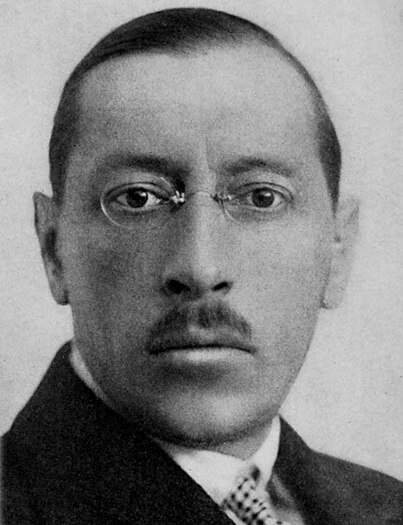The RPO performs Toru Takemitsu's From me flows what you call Time
with NEXUS and guest conductor Peter Bay on May 9 and 11. NEXUS and Bay performed this piece together in 2011 with the Austin Symphony, where Bay is Music Director. In the weeks preceding the performance, Bay and NEXUS's Bill Cahn traded emails about the piece; thanks to Bill Cahn for sharing this email conversation with us.
Peter Bay: Is there an English translation to the Makoto Ooka poem "Clear Blue Water" from which Takemitsu got his inspiration?
 |
NEXUS outside Carnegie Hall,
with poster for sold-out premiere of
From me flows... (1990) |
Bill Cahn:
“Clear Blue Water” by Makoto Ooka
Summer trip to Switzerland:
in our bellies, sausages
eaten on the Zermatt terrace,
foot of the Matterhorn,
slowly turns into
heat: 1000 calories each.
As we climb up and up
the Furka Pass, my eyes
suddenly are perforated
by a billion particles
of heavenly blue:
across the valley a giant
mountain rampart:
The Glacier.
Swinging up its snow-
crowned sky-blue fist,
that ancient water spirit
shouts:
"From me
flows
what you
call Time."
Down from that colossal
mass of shining ice
flows the majestic
River Rhone.
Bay: What do the section titles in the score refer to?
Cahn: There are lots of levels of ideas and connections going on in this piece--here are some of them:
1)
the number 5: Five members of NEXUS, five-note motif, 5 colors of the Tibetan universe
2)
time: 100-years of Carnegie Hall, timeless nomad life, musical time
3)
colors: The colors of the Tibetan universe (red, green, blue, yellow, white) are depicted in the Tibetan "windhorse" (5-colored flags), which correspond to the five colors of shirts worn by the percussionists. The percussionists become, in effect, a kind of musical windhorse.
Bill Cahn on the end of From me flows...For me, the final moments in the piece are really magical and unique. The experience of listening to the chimes decay is directly comparable to a technique used by Buddhist monks when they strike a long-sounding bell and consciously follow the sound's decay into silence, at which point, if done attentively, 'nowness' becomes revealed--the listener becomes immersed in
now. Our experience in NEXUS is that, rather than making audiences uncomfortable, the long-sounding decay of the wind chimes at the end of Takemitsu's piece is totally embraced by audiences. In a profound way, the windchimes sounding at the end of the piece are the hall (Carnegie Hall or any concert hall) itself speaking, as the orchestra is silent. Symbolically, it's the hall itself announcing "From me flows . . ."



